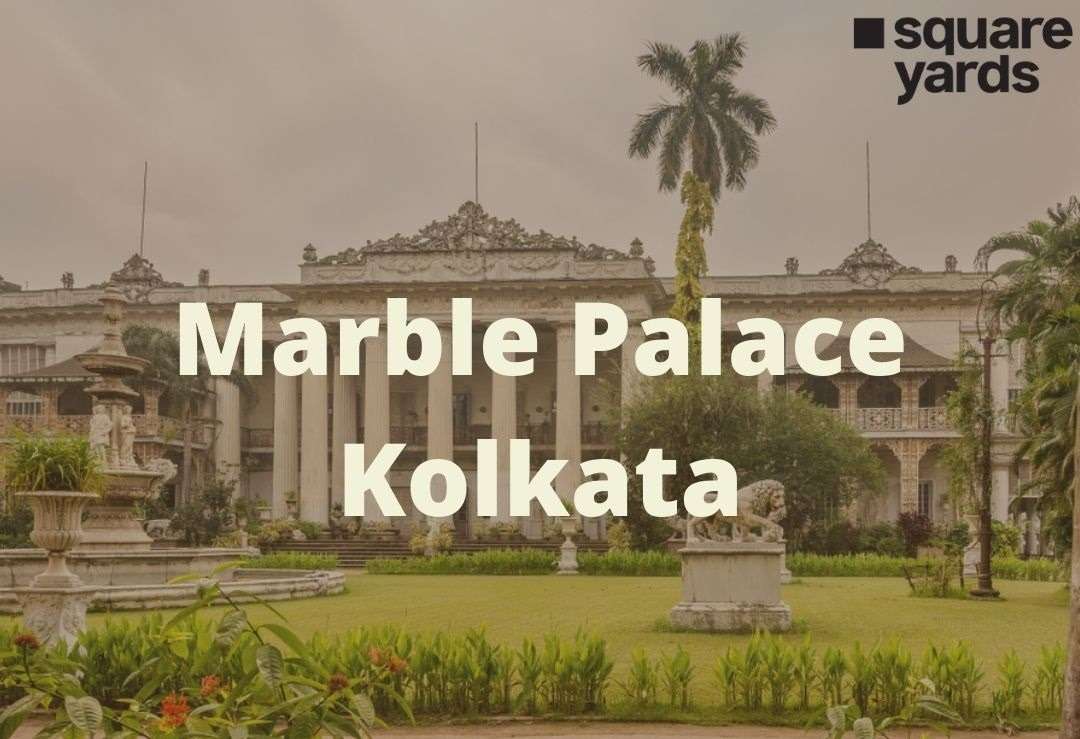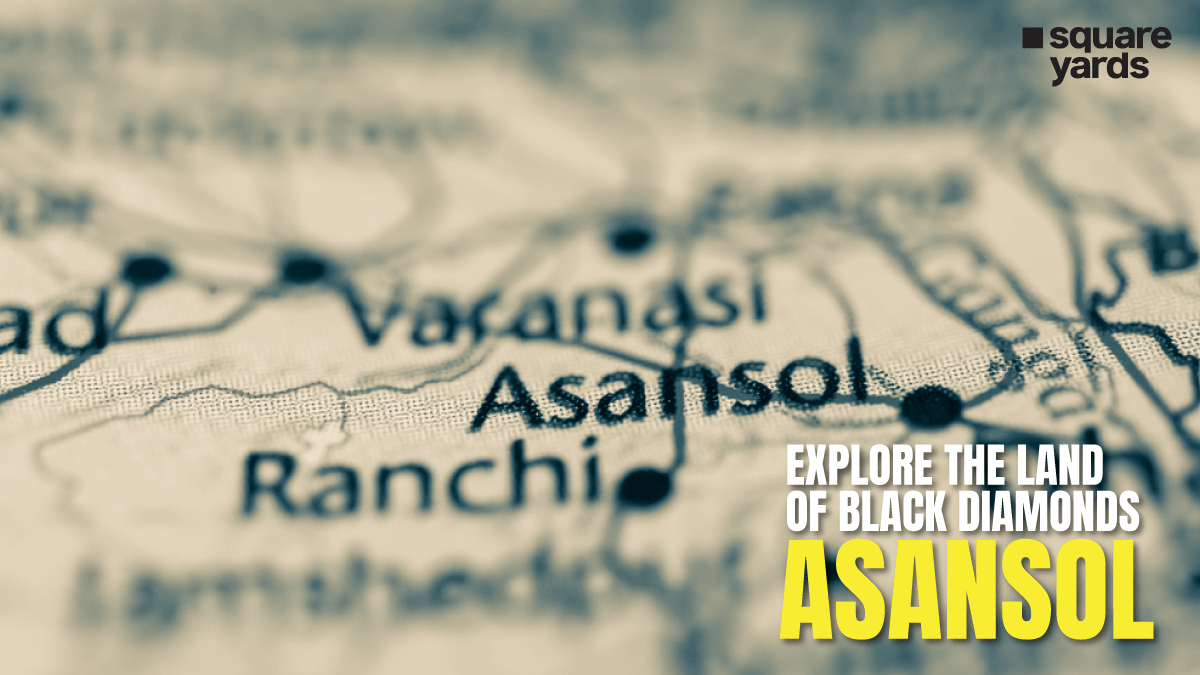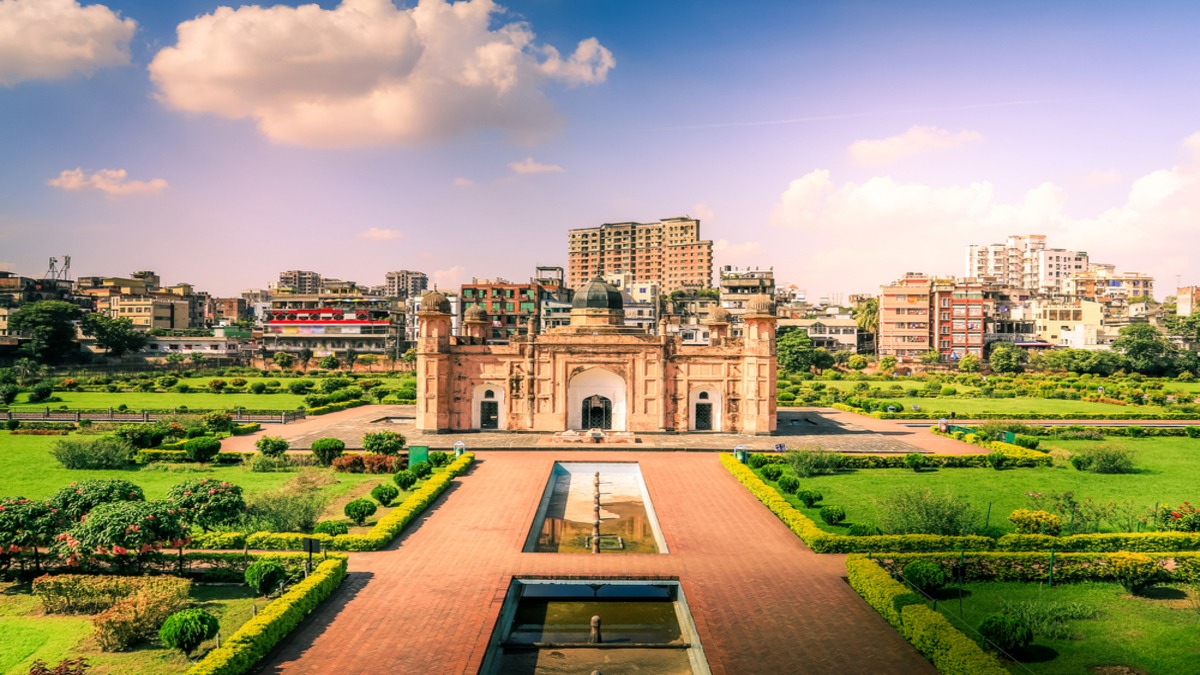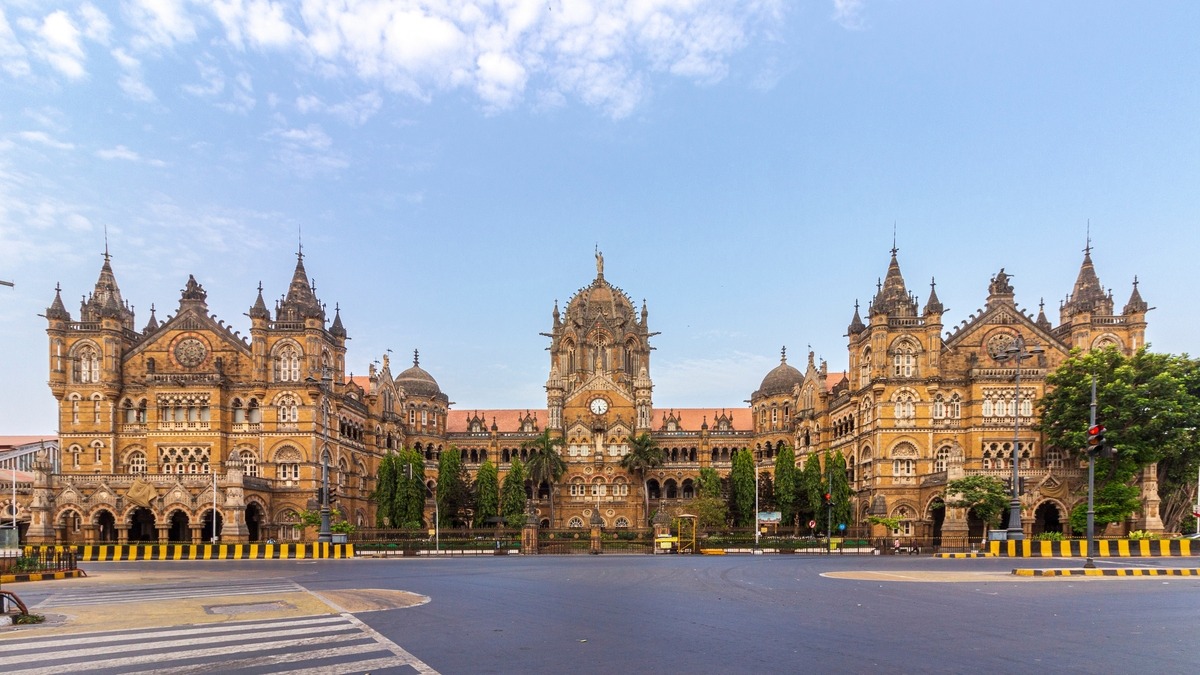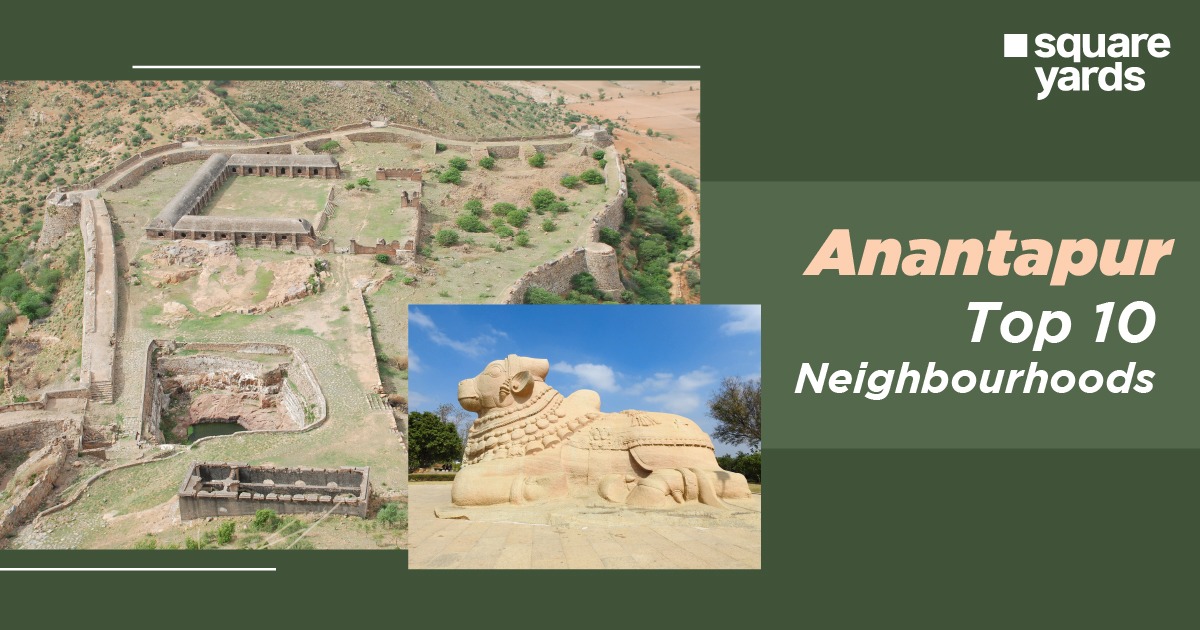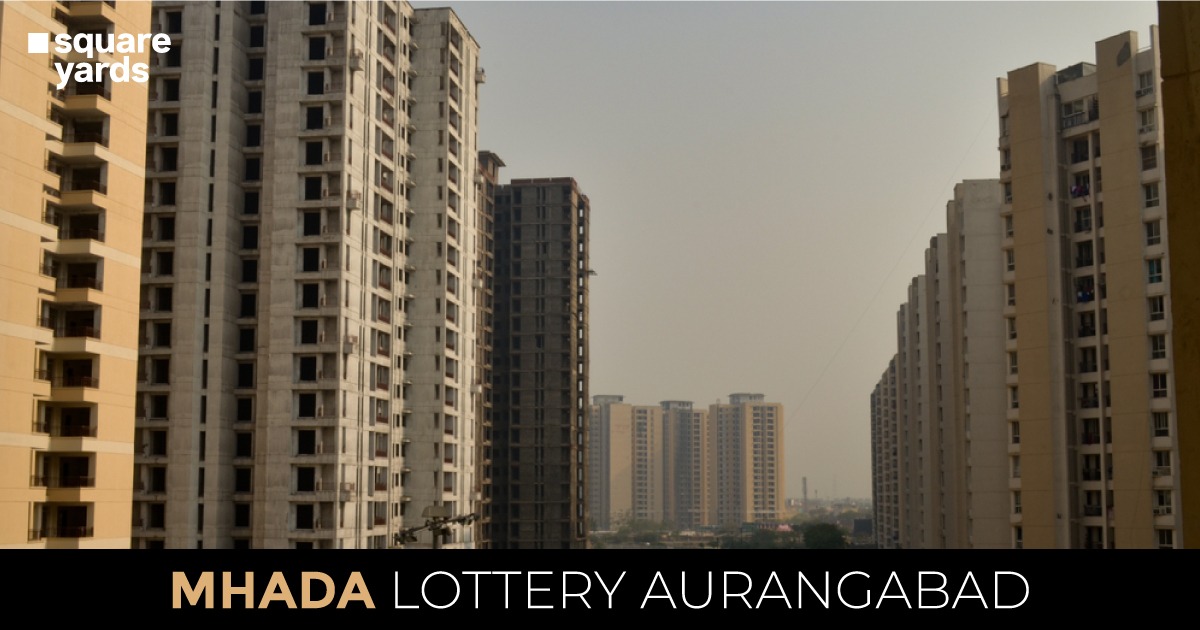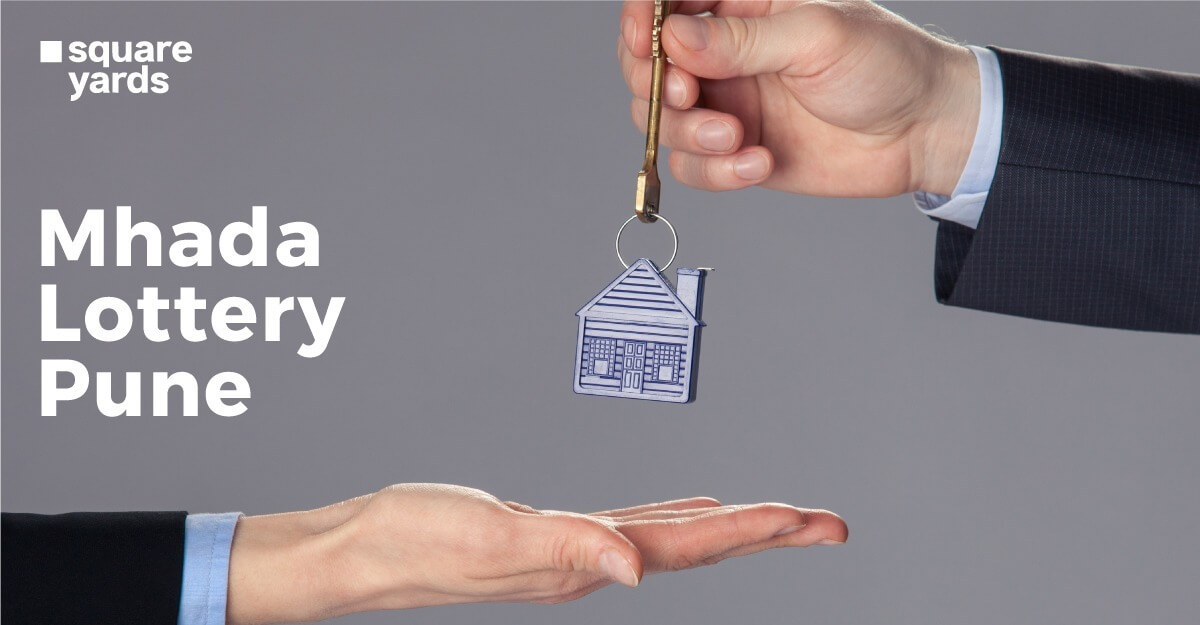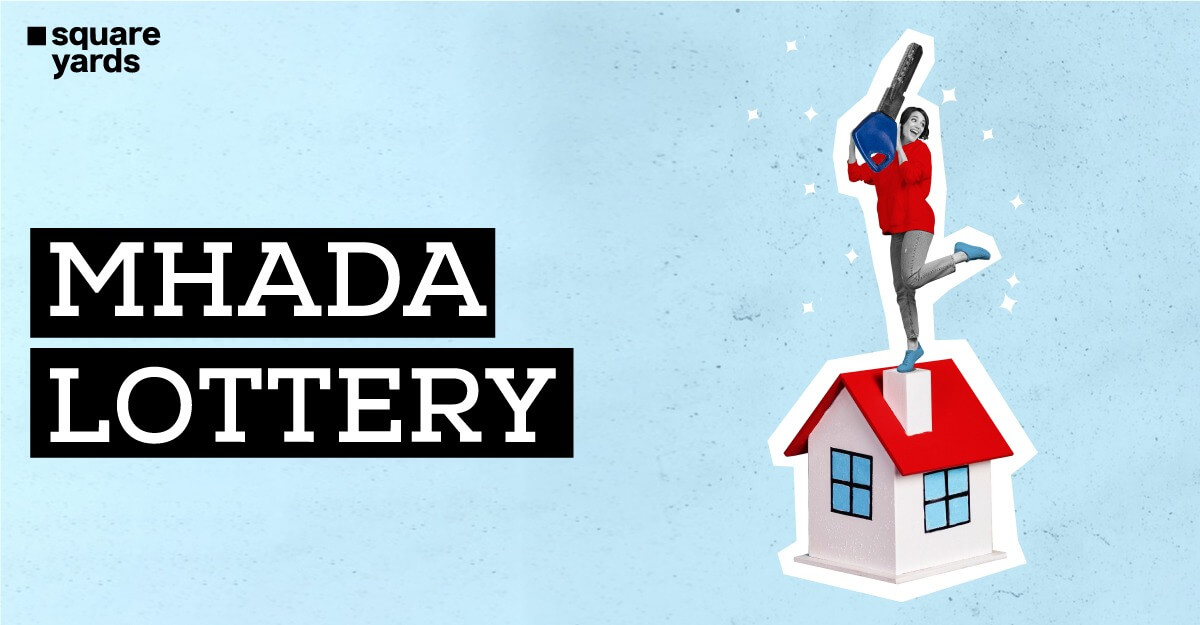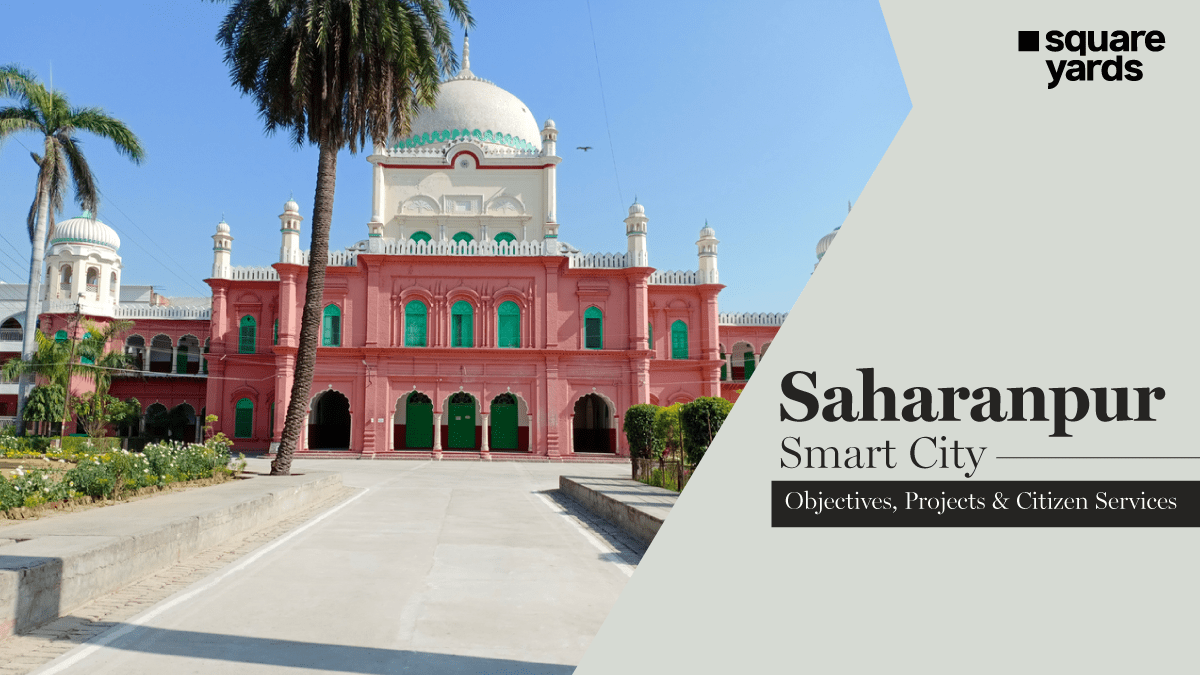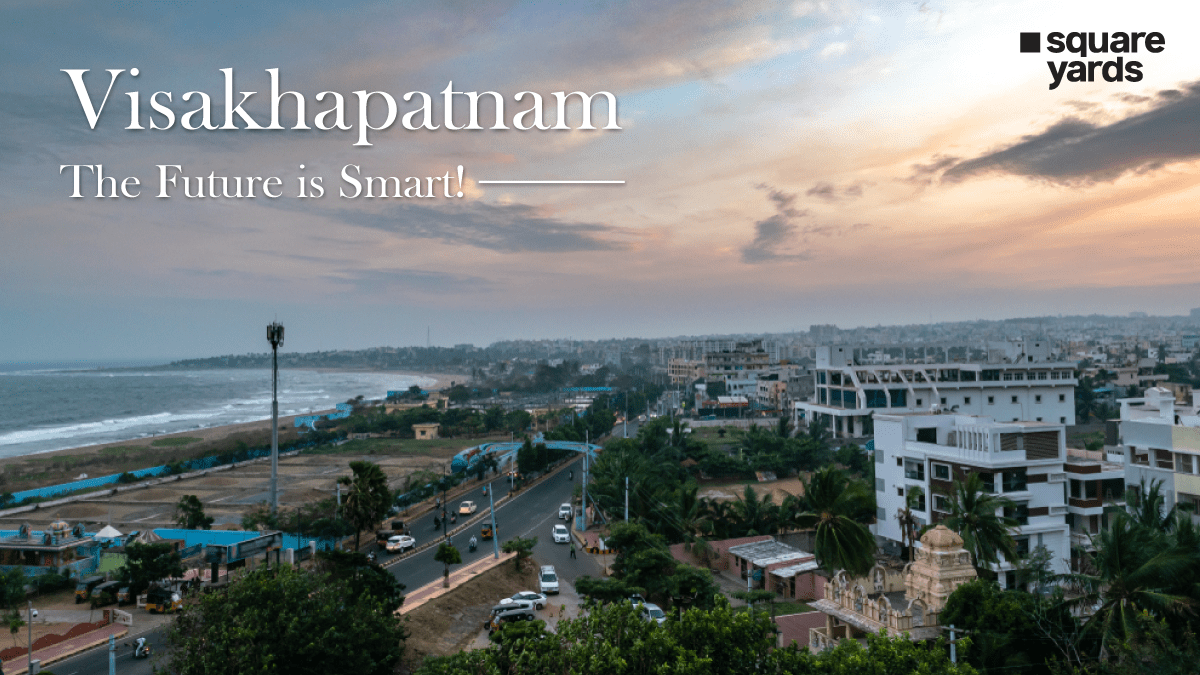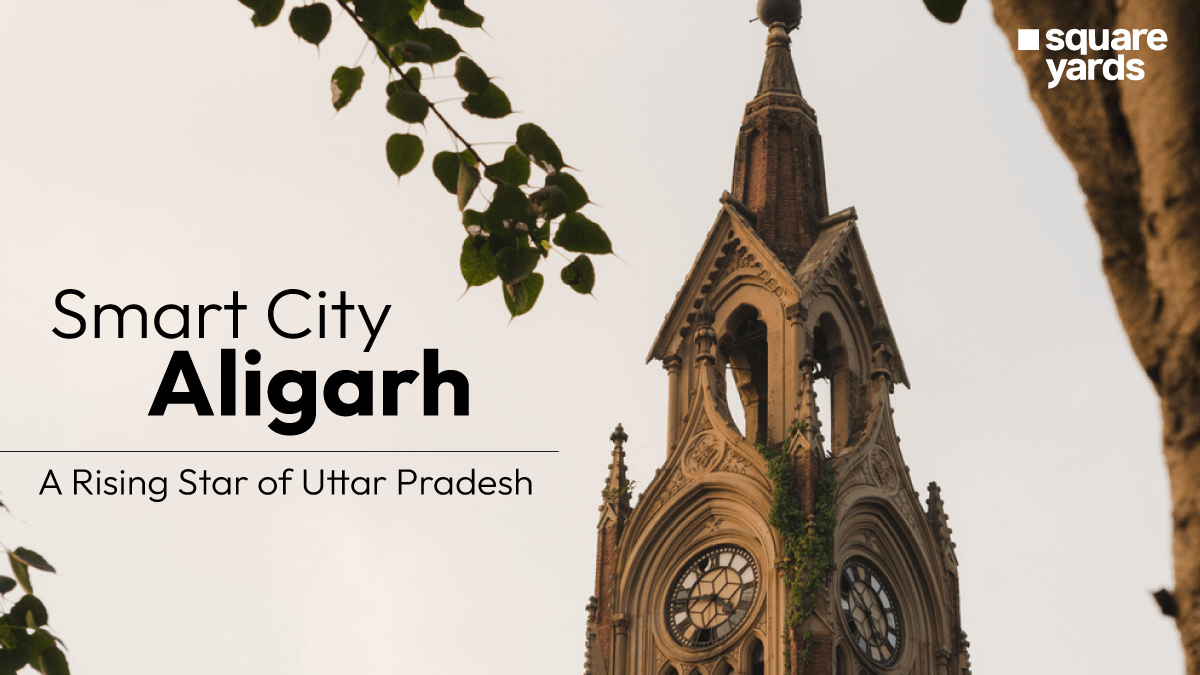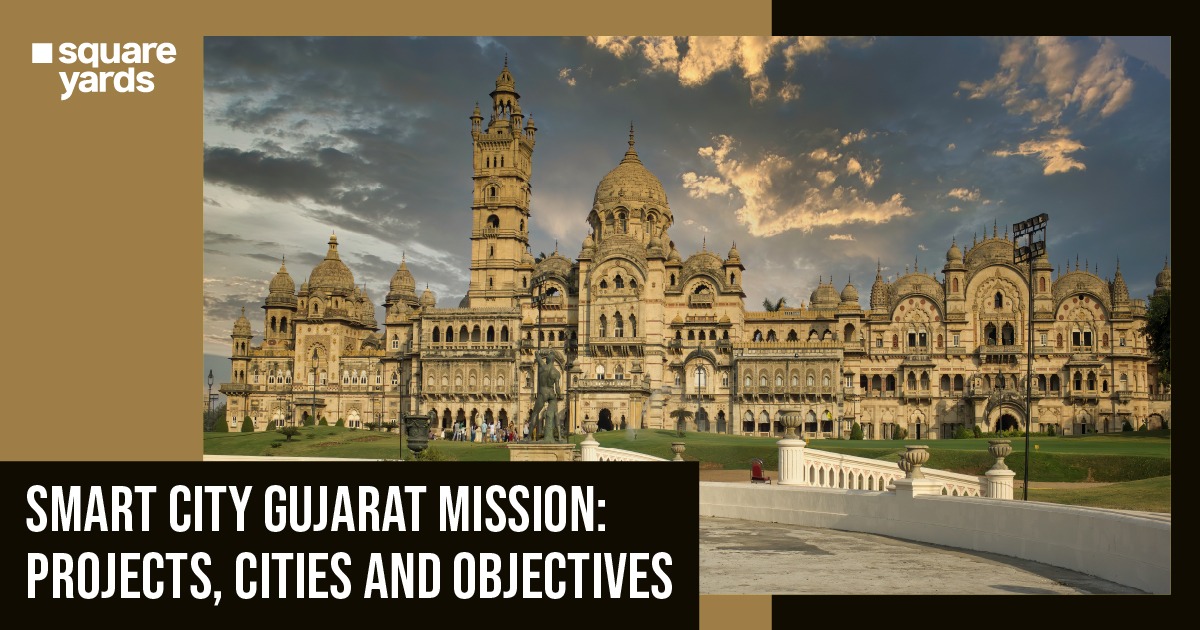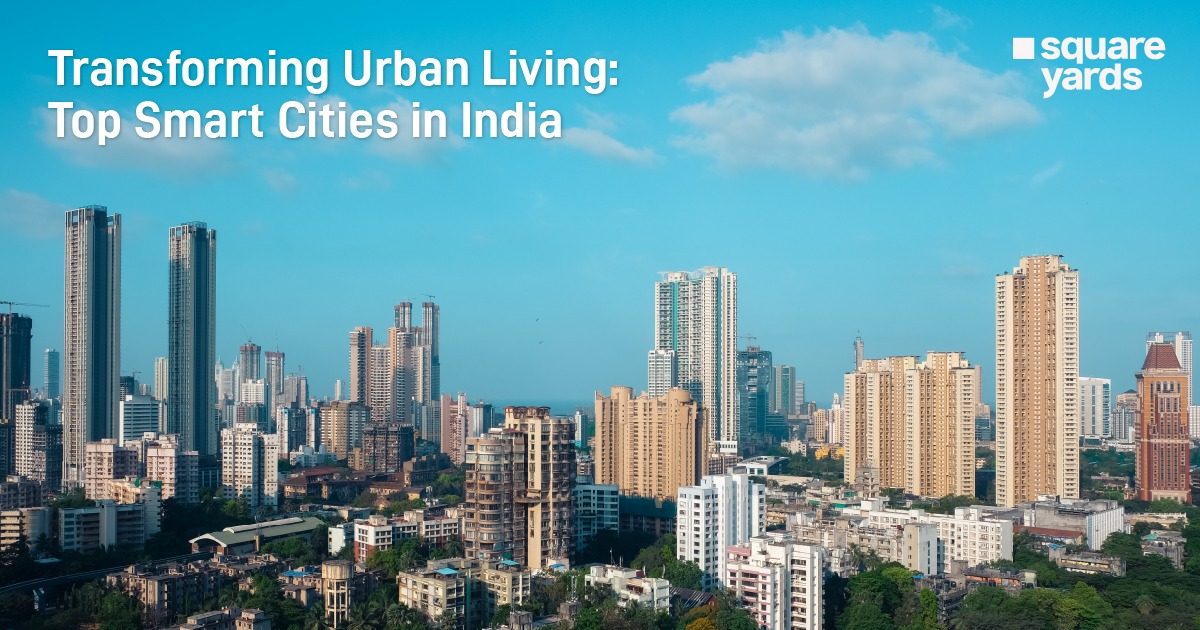An epitome of opulence, the Marble Palace is one of its kind colossal structures that stands tall in the narrow lanes of North Kolkata. Adding grace to Muktaram Babu Street, the Marble Palace is a stunning vision of Raja Rajendra Mullick, whose love for artwork beautifies the interiors of this palace.
This façade of a private mansion has its foundation in the neoclassical style. It is a beloved abode of the descendants of Raja Mullick and is one of the most well preserved and famous monuments in Kolkata. Lush green lawns and mesmerizing fountains embellish the Kolkata palace. To your surprise, a marble palace zoo is also a part of this grand dwelling place.
History of Marble Palace
The stunning Marble Palace was constructed in the year 1835 by a wealthy Bengali merchant named Raja Rajendra Mullick. The interiors of the house were designed according to his passion for collecting renowned and precious artwork. The Jagannath temple embraces the establishment of the palace and was constructed by Sri Nilmoni Mullick, Rajendra Mullick’s father. According to the history books, the temple was constructed way before the palace was built but still is in a commendable shape.
The palace is built as per neoclassical architecture and this style is visible in the open courtyards. The style of construction is also true to his Bengali roots.
The Architecture of the Marble Palace Mansion, Kolkata
An architecture marvel, the Marble Palace in Kolkata is a brilliant amalgamation of Bengali elements & neoclassical style. It also has additional features of the Chinese style. The entire palace has been made from a superior quality of Italian marble which is the reason behind its magnificent look. The mansion has been constructed with 126 varieties of marbles which have been chosen from the different parts of India. Elegance personified!
The mansion is segregated into 5 halls namely the Painting room, Reception hall, Billiards room, Sculpture room, and Thakur Dalan which is a place of worship.
The main frontage is made in the Neoclassical style consisting of tall Corinthian columns that are largely inspired by Bengali culture. The family also has a place of worship which is called “Thakur Dalan” just next to the courtyard. It is a private area for the family.
The exterior of the palace has intricate carvings beautifully designed on the floorings, pillars, and walls which resembles the Mausoleum of Halicarnassus (one of the Seven Wonders of the World). The stupendous corridors are dignified with chandeliers, sculptures, Victorian furniture, and portraits.
The artwork of the balconies and verandas have been inspired by elements of China and the style of the Chinese pavilion has been the background for sloping roofs of the palace.
Marble Palace Paintings
The interior of the Marble Palace is adorned with sculptures from the various western eras and some unique pieces of Victorian furniture. The paintings that grace the walls of this palace are crafted by the brilliant minds of European and Indian artists which can be complemented with other artifacts. The decorative pieces are one of their kind and redefine the meaning of opulence. These include urns, royal busts, ornate mirrors, mirrors that extend from the floor to the ceilings, and expansive beautiful chandeliers.
This palace also has two paintings by the famous Peter Paul Rubens including “The Martyrdom of St Sebastian” and “The Marriage of St Catherine”. There are also paintings by artists like Titian, John Opie, and Bartolome Esteban Murillo. These priceless paintings make up for a majority of the beautiful interiors along with other artifacts of lesser value.
Marble Palace Collections
The Marble Palace Mansion has a collection of unique & stunning artifacts and objects that can transport anyone back to the Victorian era. The exhibits in the mansion include some famous sculptures like Homer to Diana, Moses, Praxiteles to Phidias, and Venus to Apollo.
Artifacts like Belgian glassware, Victorian furniture, game trophies & original paintings crafted by Reynolds, Rubens, and Murillo are part of the brilliant collection of the Marble Palace.
The sophisticated music room inside the palace building deserves a special mention because it contains the statues of Wellington and Napoleon. The ballroom is lined with huge candle chandeliers & shining silver glass balls (which belong to the original collection of the 19th-century disco balls) that brighten up the entire room.
The palace also consists of 76 unique artworks which were brought from Belgium and Italy in the year 1830. We can also call the palace a trove of treasure that displays the most valuable artifacts which have been collected over a period of 180 years. As you enter, a colossal Japanese vase beautifies the doorway which is an attention grabber. There are huge Belgian mirrors that cover up the entire walls of the palace, adding an inherent value to the ambiance.
The Marble Palace Kolkata is also known to have a two-cornered bio-come which is believed to have belonged to the great Napoleon Bonaparte which he used to wear in military campaigns.
The reception hall is a paradise for antique lovers and it is evident from the fact that apart from chandeliers, western sculptures, rustic furniture, and artifacts it also displays sculptures that are a representation of the days from British and Italian schools. Many of these sculptures are duplicates of original sculptures.
The painting room is an otherworldly area that has a stunning ambiance. It consists of an abundance of original paintings, two of which belong to the renowned artist Sir Joshua Reynolds collection which is “Venus and Cupid” and “The Infant Hercules Strangling the Serpent”. The other collection of paintings belongs to Raja Ravi Varma, an Indian artist, Jan Van Goyen (a Dutch painter), Giovanni Battista Salvi da Sassoferrato (an Italian painter), and the likes of Piero del Pollaiolo and Rubens.
The artifacts are stunning and depict the lavishness of the era in all its grandeur, but their placement has been done without any thought. They have been placed randomly across the palace and display no pattern.
Now let’s move on to the lush green lawns of the mansion. There are a few statues that have been scattered all over the place which belong to different religions and faiths. A fountain made of marble is positioned right in the center of the lawn along with the statue “Leda and the Swan”.
Kolkata’s Marble Palace Timing and Entry Fee
You can visit the Marble Palace between the timings of 10:00 am and 4:00 pm. The palace is closed for visitors on Monday and Thursday.
You do not have to pay an entry fee to visit the Marble Palace.
Entry Permit for Marble Palace in Kolkata
Even though no entry fee has to be paid to visit the mansion, one still needs to obtain a special permit to enter the palace. This permit can be obtained from the West Bengal Tourism Information Bureau. Inside the property, the visitors are escorted by a guide and give insights into the history of the artifacts that are put on display.
Since the Marble Palace is private property, photography is strictly prohibited inside the premises.
Facts about Marble Palace
- The Marble Palace has been the setting for the popular French novel Le Vol Des Cigognes De Jean by Christophe Grangé.
- The best time to visit the Marble Home Kolkata is between 11 am and 2 pm.
- You would only need 2 to 3 hours of your time to fully explore the Calcutta Marble Palace.
How to Reach the Marble Palace Mansion in Kolkata?
It is recommended that you travel by metro to reach the Marble Palace. The Girish Park Metro Station is the closest metro station to the palace. From there, you will have to walk for five minutes to reach the palace. Since the roads are a bit confusing you can always ask for directions from the locals.
You can also reach the palace by using a cab (Uber/Ola etc.), by hiring a yellow taxi, or even by booking a private cab.
You may also like to read about :
| State | Monuments |
| Agra | Red Fort Agra |
| Delhi | Red Fort |
| Delhi | Tughlaqabad Fort |
| Agra | Taj Mahal |
| Hyderabad | Golconda Fort |
| Delhi | India Gate |
| Kolkata | Victoria Memorial |
| Rameshwaram | Ram Setu |
| Ladakh | Leh Palace |
FAQ
Who lives in the Marble Palace Kolkata?
The Marble Palace in Kolkata is now owned by the descendants of Raja Rajendra Mullick.
What is inside Marble Palace?
The Marble Palace is divided into five halls which are - Painting room, Billiards room, Reception hall, Sculpture room, and Thakur Dalan which is a worship place inside the palace.
How can I get a permit for Marble Palace Kolkata?
You can obtain the permit for the Marble Palace from the West Bengal Tourism Information Bureau which is at BBD Bag in Kolkata.
When was the marble palace built?
The marble palace was built in the year 1835.


